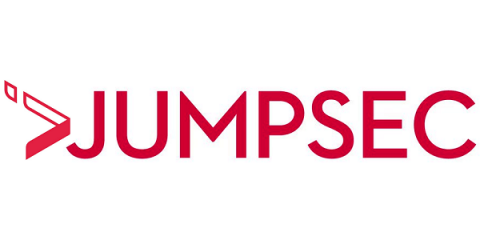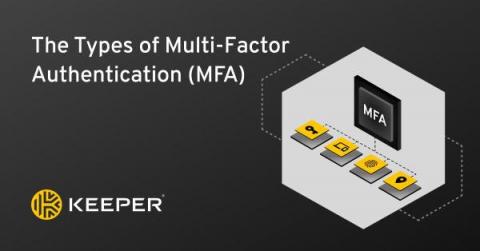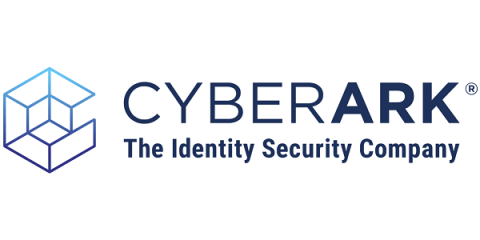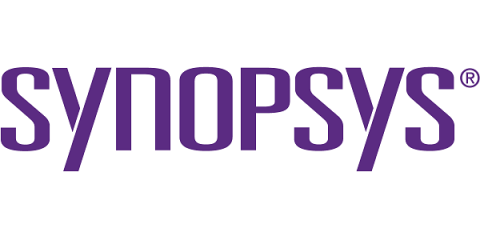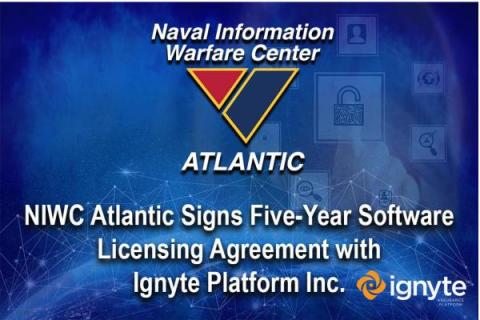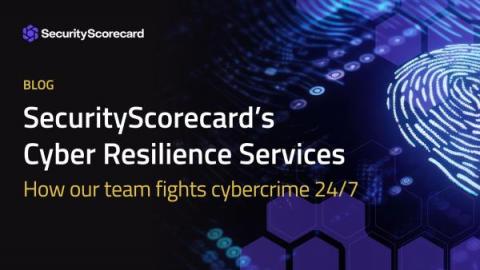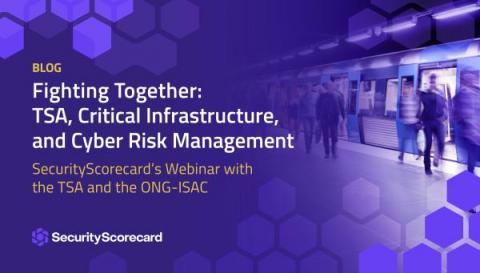Security | Threat Detection | Cyberattacks | DevSecOps | Compliance
Latest News
Compound Extortion: UnSafeLeaks
Among the range of data leak sites monitored by JUMPSEC, our attention has been drawn to a recent variant called “UnSafeLeaks”, due to its distinctively malicious and personalised approach, setting it apart from typical leak sites that focus primarily on explicit financial extortion. Perhaps more remarkably, a number of targeted organisations also appear to have previously been compromised by closely affiliated groups, suggesting the potential re-extortion of victim organisations.
Types of Multi-Factor Authentication (MFA)
The four types of Multi-Factor Authentication (MFA) are knowledge, possession, inherence and location. These authentication types provide a foundation for a number of MFA methods, giving users multiple options for securing their data, ranging from SMS message tokens to hardware security keys. Which method is right for you or your business can depend upon what you have access to and how secure you want to be.
macOS Least Privilege Best Practices to Combat Rising Ransomware
Ransomware accounts for one in every four breaches, and increasingly, it’s going after enterprise macOS users.
Creating a well-rounded Microsoft 365 security program
How do you choose an MSSP
Businesses in all industries face a constant barrage of threats and attacks. For government contractors (GovCons) handling sensitive information, ensuring robust security measures is paramount. A Managed Security Services Provider (MSSP) can be a valuable partner in safeguarding your organization’s critical assets. In this section, we will explore what an MSSP is, why GovCons need one, how to choose the right MSSP, and the essential questions to ask before hiring one.
What is CMMC?
Defense contractors face increasingly sophisticated cyber threats that can compromise sensitive data and disrupt operations. To combat these risks, the Department of Defense (DoD) has implemented the Cybersecurity Maturity Model Certification (CMMC).
Navy Provides the Source Code For STIG SCA Scanner to Ignyte for fixing the CMMC Market
The licensing partnership with the Navy will allow the Ignyte team to integrate SCAP with the existing open source ecosystem to bring the capability to a broader set of potential customers that serve the military.
SecurityScorecard's Cyber Resilience Services
With the average cost of a data breach now at $4.35 million, organizations need to take proactive measures to protect themselves and their data against cyber threats. Having a plan in place for how to respond to cyber incidents is an important step in increasing cyber resilience, protecting sensitive data, and saving money. But where should an organization start? And who should it trust?
Fighting Together: TSA, Critical Infrastructure, and Cyber Risk Management
Following the ransomware attack on a US pipeline company in May of 2021, the Transportation Security Administration (TSA) issued a series of security directives to enhance the cybersecurity posture of US transportation systems to mitigate cyber threats.



